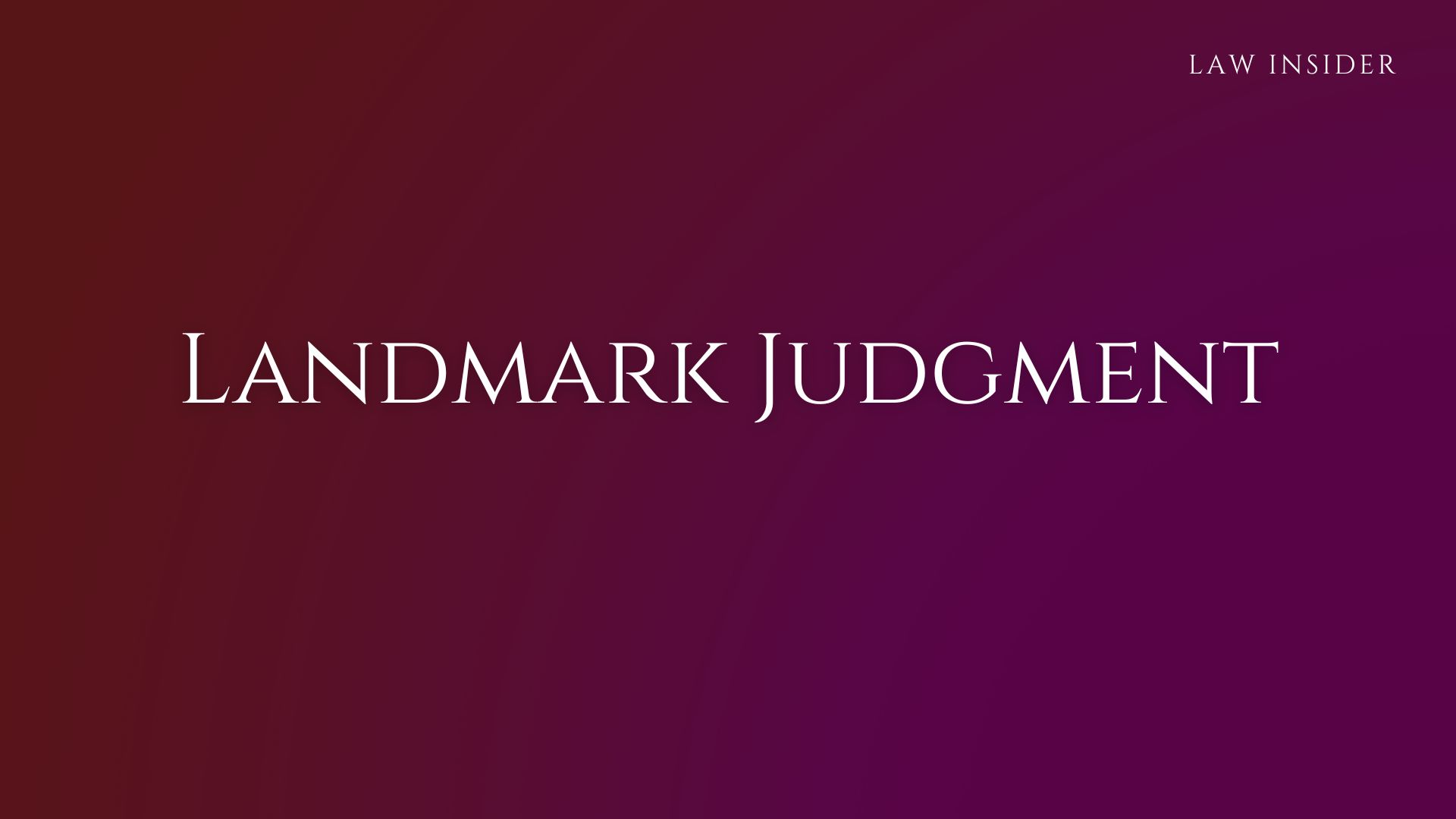Published on: April 27, 2024 21:11 IST
Court: Supreme Court of India
Citation: Dr. N.G. Dastane v. S. Dastane 1975
Honourable Supreme Court of India has held that to succeed on any issue the party bearing the legal burden of proof must
- Satisfy a judge or jury of the likelihood of the truth of his case by adducing a greater weight of evidence than his opponent, and
- Adduce evidence sufficient to satisfy them to the required standard or degree of proof.
The standard differs in criminal and civil cases.
- In civil cases the standard of proof is satisfied on a balance of probabilities.
- In criminal cases, the standard required of the prosecution is proof beyond reasonable doubt.
- In matrimonial cases it seems that proof on balance of probabilities is sufficient, although proof beyond reasonable doubt is required to rebut the presumption of the formal validity of marriage.
ARISING OUT OF SLP (CIVIL) NO.13398/2022
MAYA GOPINATHAN VS. ANOOP S.B. & ANR.
24. The normal rule which governs civil proceedings is that a fact can be said to be established if it is proved by a preponderance of probabilities. This is for the reason that under the Evidence Act, Section 3, a fact is said to be proved when the court either believes it to exist or considers its existence so probable that a prudent man ought, under the circumstances of the particular case, to act upon the supposition that it exists. The belief regarding the existence of a fact may thus be founded on a balance of probabilities. A prudent man faced with conflicting probabilities concerning a fact-situation will act on the supposition that the fact exists, if on weighing the various probabilities he finds that the preponderance is in favour of the existence of the particular fact. As a prudent man, so the court applies this test for finding whether a fact in issue can be said to be proved. The first step in this process is to fix the probabilities, the second to weigh them, though the two may often intermingle. The impossible is weeded out at the first stage, the improbable at the second. Within the wide range of probabilities the court has often a difficult choice to make but it is this choice which ultimately determines where the preponderance of probabilities lies.
Drafted By Abhijit Mishra

